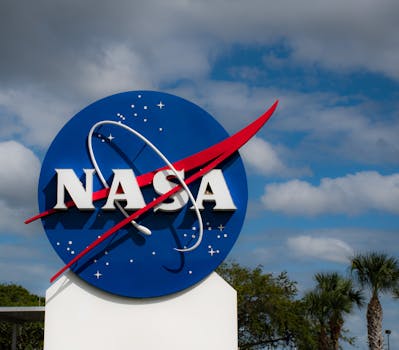Satellite Launch Missions and Their Impact on Space Exploration
Satellite launch missions have revolutionized the field of space exploration, enabling us to study the universe, communicate with each other, and navigate the globe. In this article, we will explore the history of satellite launch missions, their impact on space exploration, and the latest developments in this field.

Satellite Launch Missions and Their Impact on Space Exploration
Satellite launch missions and their impact on space exploration
Satellite launch missions have been a crucial part of space exploration for decades. The first satellite, Sputnik 1, was launched by the Soviet Union in 1957, marking the beginning of the space age. Since then, thousands of satellites have been launched into space, transforming the way we communicate, navigate, and understand the universe.
Satellite launch missions have enabled us to study the Earth’s climate, weather patterns, and natural resources. They have also facilitated global communication, navigation, and remote sensing. The impact of satellite launch missions on space exploration has been significant, with many breakthroughs and discoveries made possible by the data and images provided by satellites.
History of Satellite Launch Missions
The history of satellite launch missions is a long and fascinating one. The first satellite, Sputnik 1, was launched on October 4, 1957, by the Soviet Union. This was followed by the launch of the first American satellite, Explorer 1, on January 31, 1958. The early years of satellite launch missions were marked by intense competition between the Soviet Union and the United States, with both countries seeking to demonstrate their technological superiority.
In the 1960s and 1970s, satellite launch missions became more frequent and sophisticated. The launch of the first commercial satellite, Intelsat 1, in 1965 marked the beginning of the commercial satellite industry. The 1980s saw the launch of the first GPS satellites, which revolutionized navigation and mapping. Today, there are thousands of satellites in orbit around the Earth, providing a wide range of services and applications.
Impact of Satellite Launch Missions on Space Exploration
The impact of satellite launch missions on space exploration has been profound. Satellites have enabled us to study the universe in unprecedented detail, from the surface of the Earth to the farthest reaches of the cosmos. They have also facilitated the exploration of other planets and celestial bodies, with satellites such as NASA’s Curiosity Rover providing valuable insights into the geology and climate of Mars.
Satellite launch missions have also transformed the way we communicate and navigate. The launch of the first satellite phone in 1974 enabled people to make phone calls from anywhere in the world. The development of GPS technology has made it possible to navigate with precision and accuracy, revolutionizing industries such as aviation, logistics, and agriculture.
In addition to their practical applications, satellite launch missions have also inspired generations of scientists, engineers, and explorers. The Apollo missions, which put humans on the Moon in the late 1960s and early 1970s, were a direct result of the technological advancements made possible by satellite launch missions.
Conclusion
In conclusion, satellite launch missions have had a profound impact on space exploration. From the early days of Sputnik 1 to the latest developments in satellite technology, satellite launch missions have enabled us to study the universe, communicate with each other, and navigate the globe. As we continue to push the boundaries of space exploration, satellite launch missions will remain a crucial part of our efforts to understand the cosmos and our place within it.


